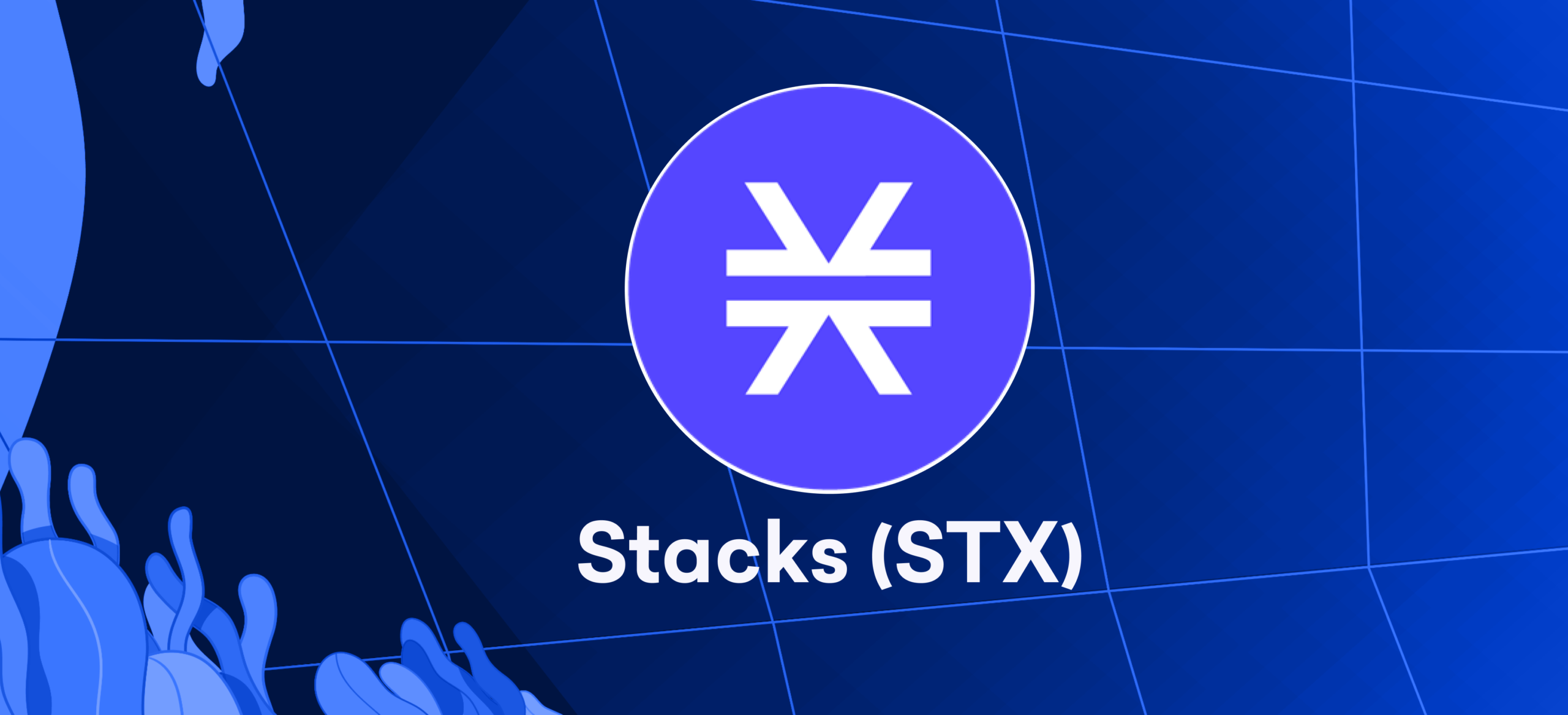
Blockchains and Web3 are both powerful technologies that are revolutionizing the digital world as we know it. But what is the relationship between these two? In this blog post, we’ll provide a comprehensive guide to understanding the relationship between blockchains and Web3, how they work together, and how they can be used to create new and exciting applications.
We’ll also cover some of the key benefits of using these technologies in tandem and how they can be leveraged to create more secure, transparent, and efficient networks. By the end of this post, you’ll have a thorough understanding of the relationship between blockchains and Web3.
What are blockchains?
Blockchains are a type of distributed ledger technology (DLT) that uses an immutable, tamper-proof public ledger of records to store and manage digital data. In its simplest form, a blockchain is a shared database of information organized in blocks, with each block containing a timestamp and linking to the previous one. Transactions on the blockchain are verified by multiple nodes that reach a consensus on the validity of the transaction.
Blockchains have become increasingly popular in recent years due to their ability to provide secure and efficient ways of managing digital assets without relying on a central authority. They offer benefits such as improved security, transparency, immutability, and decentralization, as well as an environment for developing innovative applications. Blockchains often uses in areas such as finance, healthcare, logistics, and supply chain management.
What is Web3?
Web3 is an open-source, decentralized platform that uses blockchain technology to enable direct peer-to-peer transactions between users. It provides an efficient, secure, and transparent means for users to exchange digital assets without the need for third-party intermediaries.
Web3 allows for the development of trustless applications that can use for a variety of purposes, such as exchanging cryptocurrencies, storing data, and executing smart contracts. Unlike traditional web services, Web3 does not rely on centralized servers or trusted authorities.
This ensures that data and transactions are secure, immutable, and resistant to censorship. As a result, Web3 provides users with greater privacy, security, and control over their digital assets.
How do blockchains and Web3 work together?
Blockchains and Web3 are two of the most important aspects of modern distributed ledger technology. Blockchains provide a secure, immutable data storage system for digital assets and records, while Web3 is an open-source platform that allows users to interact with decentralized applications (DApps) built on the blockchain.
Together, these two technologies make it possible to securely store, transfer and manage digital assets without the need for any third-party intermediaries. Blockchains form the backbone of Web3 technology by providing a secure platform for storing and sharing data. With blockchains, every transaction is stored on a public ledger that is replicated across multiple nodes.
This ensures that the data stored on the ledger is secure and tamper-proof. Web3 is then built on top of this secure infrastructure. It provides users with an easy-to-use interface for interacting with the blockchain and accessing DApps. It also enables developers to create their own applications and interact with the blockchain in a variety of ways.
In order to use a DApp, users must first install a compatible wallet. This wallet will store their digital assets as well as private keys that are used to access and transfer those assets. Once the user has a wallet installed, they can then use the Web3 platform to interact with the blockchain and access various DApps. For example, they can purchase and sell digital tokens, participate in decentralized exchanges, or send payments directly to another user.
Together, blockchains and Web3 provide users with a secure and transparent way to manage digital assets without relying on any centralized authority. This makes them an incredibly powerful tool for managing digital transactions and creating trustless systems.
What is the difference between blockchains and other distributed ledger technologies?
Blockchains are a type of distributed ledger technology (DLT) but are unique in several ways. A blockchain is a digital database or ledger that stores information in a chain of blocks, making it immutable and resistant to alteration.
This makes it more secure than other DLTs, as it is impossible to modify any existing data. Additionally, the blocks are linked together cryptographically, meaning that each transaction can be traced back to its origin. All of these features mean that blockchains are the preferred choice for applications that require trustless, secure data storage.
In contrast, other DLTs may lack some of these features and may be less secure than blockchains. For example, they may not be able to guarantee the same level of data integrity as a blockchain or may not be able to trace each transaction back to its origin. This means that these DLTs are typically used for applications that do not require the same level of security as those that use blockchains.
How can blockchain be used to create trustless systems?
Trustless systems are those that enable users to interact without the need for a centralized third party or intermediary. Blockchain technology can be used to create such trustless systems by providing an immutable, distributed ledger of data records that can be securely accessed and shared by multiple parties.
This ledger is cryptographically secured, meaning it cannot be modified or tampered with, ensuring the accuracy and validity of the data. Blockchain enables direct communication between two parties for the purpose of sending transactions without the need for a middleman.
This eliminates the risk of a third party being able to manipulate the transaction and reduces the chances of fraud. Additionally, smart contracts on blockchains can automate processes, allowing transactions to take place without manual approval and increasing transaction speed and security.
Trustless systems powered by blockchain technology are revolutionizing many industries, from finance and banking to healthcare and supply chain management. By eliminating the need for trusted third parties, blockchain-based trustless systems offer a secure, cost-effective way to facilitate transactions while also helping to protect user data and identity.
How do smart contracts work?
Smart contracts are a type of digital contract that is programmed to execute automatically when certain conditions are met. In essence, they are self-executing contracts with the terms written into lines of code. Smart contracts offer an immutable and secure way to store and transfer data or digital assets in a trustless manner.
Using Ethereum, a platform built on a blockchain that enables users to create and manage smart contracts, users may build smart contracts in their most common form. The agreement and conditions are written into code, and when those conditions are met, the smart contract executes automatically without any further input from either party.
Smart contracts offer a number of benefits over traditional legal contracts. They can reduce paperwork, provide better transparency and immutability, and eliminate any possibility of fraud or manipulation. Smart contracts also allow for automated payments so that funds can be transferred in an efficient and secure manner. Furthermore, they allow two parties to enter into an agreement without having to trust each other.
What are some applications of blockchain technology?
Blockchain technology has the potential to revolutionize many aspects of our lives, from financial transactions and banking systems to supply chain management and digital identity.
Here are some of the most common applications of blockchain technology:
Financial Transactions and Banking:
Several banks and financial organizations now employ blockchain technology for a variety of uses. Banks are also exploring ways to use blockchain technology for other applications, such as payment systems, micro-lending, and remittance services.
Supply Chain Management:
Blockchain technology can use to track the movement of goods and materials within a supply chain, helping to ensure that all parties involved are aware of their whereabouts. This information can improve the accuracy and efficiency of supply chain management processes.
Digital Identity:
Blockchain technology can use to create digital identities that are immutable, secure, and easily verifiable. This makes it possible to securely store and exchange personal data, allowing users to have more control over their own information.
Smart Contracts:
Smart contracts are self-executing agreements that automate various types of transactions using blockchain technology. These contracts securely store and automatically executes when specific conditions fullfills. This eliminates the need for manual verification and reduces the chances of human error.
These are only a few applications of blockchain technology’s potential to enhance our lives in numerous ways. There will probably be even more useful for blockchain in the near future as this technology develops new applications and continues to advance.
Pros and Cons of Blockchains and Web3
1. Security –
Blockchains provide unparalleled security and immutability, meaning that records stored in the blockchain can never be changed or tampered with. This makes them ideal for storing sensitive information and transactions.
2. Transparency –
All transactions recorded on a blockchain are visible to anyone who has access to the network, making it a more transparent system than traditional methods of recording transactions.
3. Cost Efficiency –
Blockchains provide a cost-effective way of transferring money, as transactions settle much quicker than traditional banking systems.
4. Speed –
Blockchains are much faster than traditional banking systems, as transactions settle almost instantaneously.
Disadvantages
1. Scalability –
As more users join the blockchain network, it can become congested and slow down transaction processing times.
2. Regulatory Compliance –
Blockchains may not comply with existing regulations, meaning that some companies may not be able to use them.
3. Energy Consumption –
Running a blockchain network requires an immense amount of energy, which can lead to environmental concerns.
4. Lack of Interoperability –
Different blockchains are unable to communicate with one another. This indicates that they are difficult to integrate into current systems.








